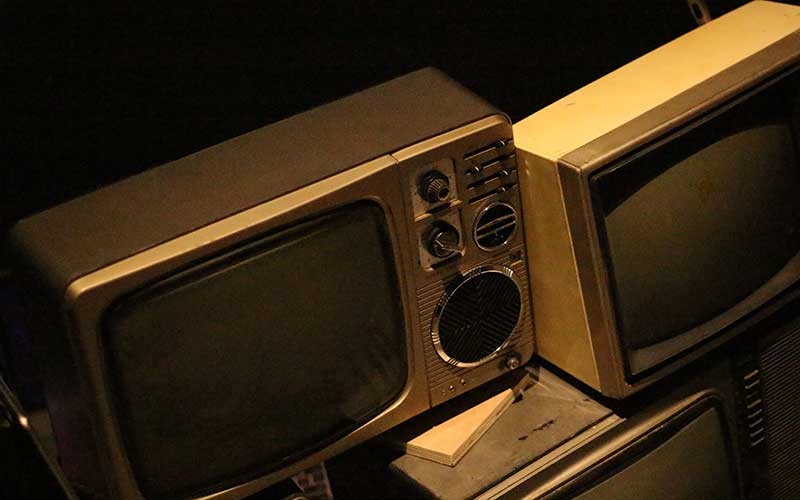TV Recycling
In Australia ewaste is produced at up to 3 times that of normal household waste production and TVs are a huge source of this waste.
Don’t bin it,
eWastec it!
Recycle TV’s
99% of Australian households have at least one television set, while 55% have a second set [Planet Green Recycling].
On average, Australians purchase over 3 million TVs every year. With such high consumption rates, it’s not surprising that in 2008 17 million TVs had already been sent to landfill. Wouldn’t TV Recycling be a better option?
However Australia has since made improvements to its eWaste management with both the Federal and State Governments developing a scheme to encourage responsible electronic recycling, including TV recycling, across the nation. The scheme aims to increase the rate of TV and computer recycling in Australia to as high as 80% by 2021-22.
eWastec manually process TV Recycling using supported workers.

TV Recycling – Why Recycle?
Disposing of TVs in an environmentally responsible way is becoming increasingly important due to the nation’s increase in consumption of raw materials, the taking up of landfill space, and the disposal of hazardous substances in areas where they could leak in to soil and water.
TVs that are dumped in landfill typically contain valuable materials that can be recycled and re-used, as well as substances that are hazardous to humans and the environment when they are not disposed of correctly. TV Recycling when done correclty eliminates these hazards.

Benefits of TV Recycling?
TVs generally come in 2 different types, Flat Screen (including LED, OLED, LCD and Plasma) and CRT (Cathode Ray Tube). Each of these types is constructed differently and with varying materials. Although CRTs are generally thought to be the bigger environmental problem of the 2 types, Flat Screen TVs also contain hazardous materials.
- CRTs: In the disassembly process CRTs will normally provide plastic, steel, copper wire, printed circuit boards (PCBs), a yoke and the tube itself. The tube contains lead and phosphors,which pose the biggest risk to our environment. Occasionally steel and timber were also used in the manufacture of CRT televisions.
- Flat Screen TVs: Flat Screen televisions are the most common televisions manufactured today and provide plastic, steel, aluminium, glass, copper wire and PCBs. Whilst not having the same environmental impact of CRTs there are still hazardous materials in the components of Flat Screen televisions.
If 75% of the TVs that are discarded each year were recycled instead, the following would be saved:
TV recycling – 3 Great Benefits
- 520 megalitres of water
- 400,000 gigajoules of energy
- 160,000 cubic metres of landfill
Furthermore, 23,000 tonnes of CO2 emissions would be saved, which is the equivalent of keeping more than 5000 cars off the road for a whole year.
Thanks for reading our article on TV Recycling!
Why Choose eWastec?
eWastec is an Australian owned and operated business with over 20 years of experience in the recycling industry. With an aim to reduce the impact on the environment as a result of eWaste, we focus the recycling of electronic products such as computers, TVs and other IT waste.
“Earth Conscious. Community focused.”
At eWastec, we manually process all eWaste that we receive in order to ensure the quality and number of parts that we can recover. Our manual processing also gives us the chance to provide employment opportunities for those in the community who need it most through our disability program.
For more information on how we can assist in the recycling of your computer or IT equipment, don’t hesitate to get in touch.
